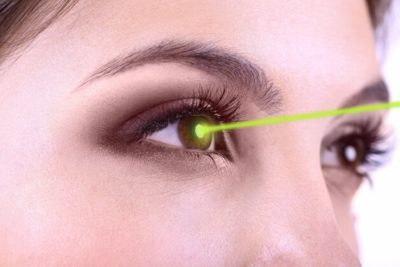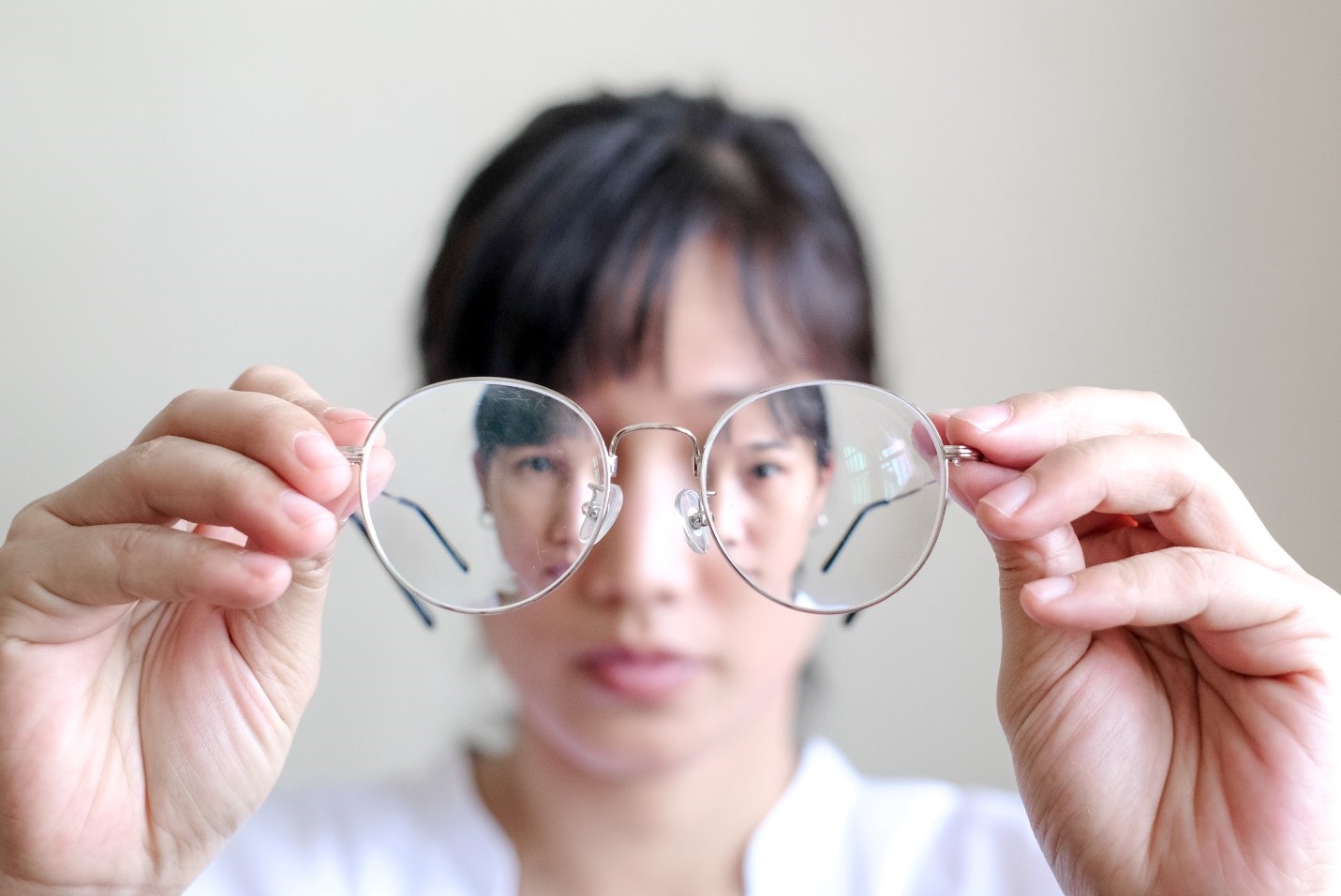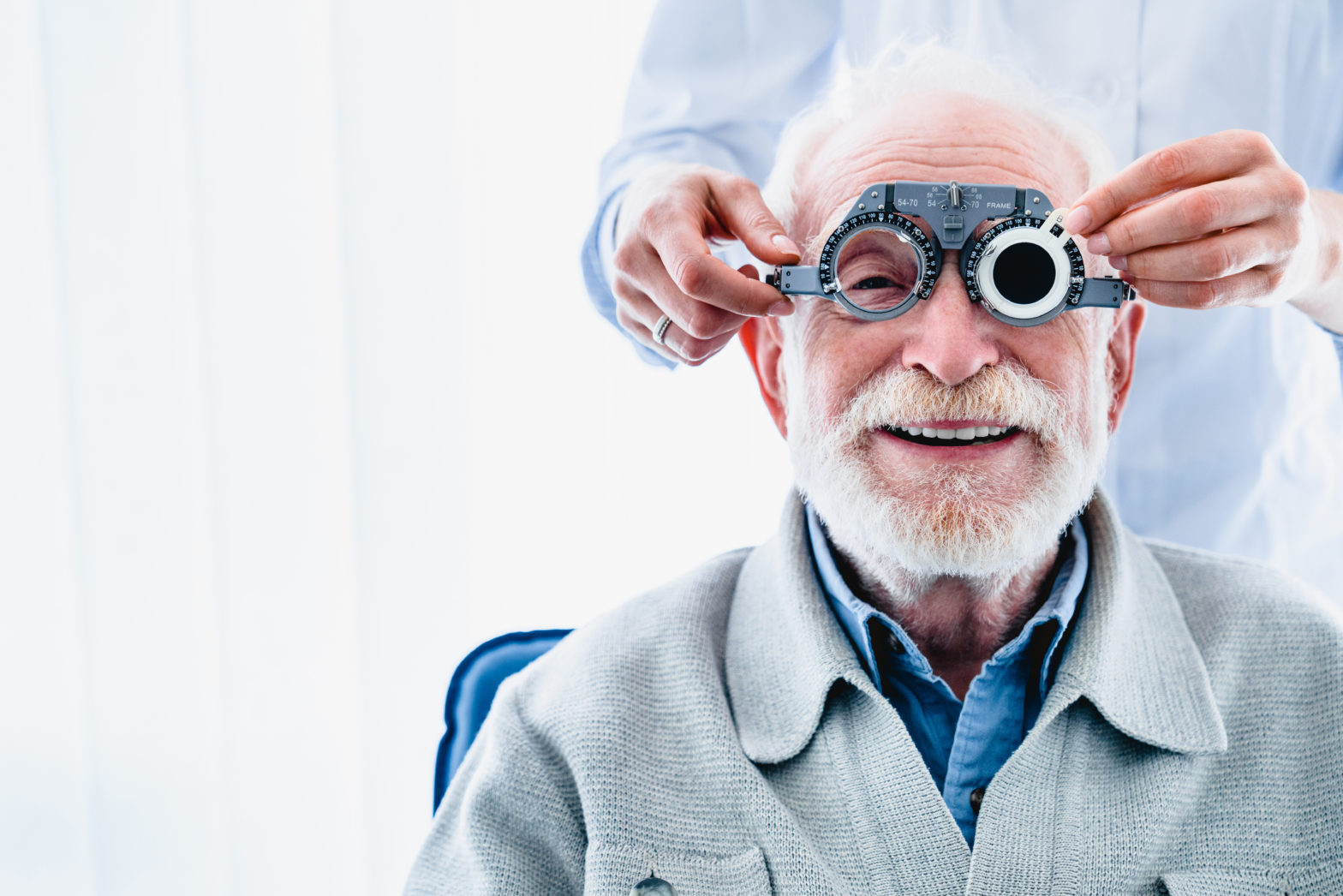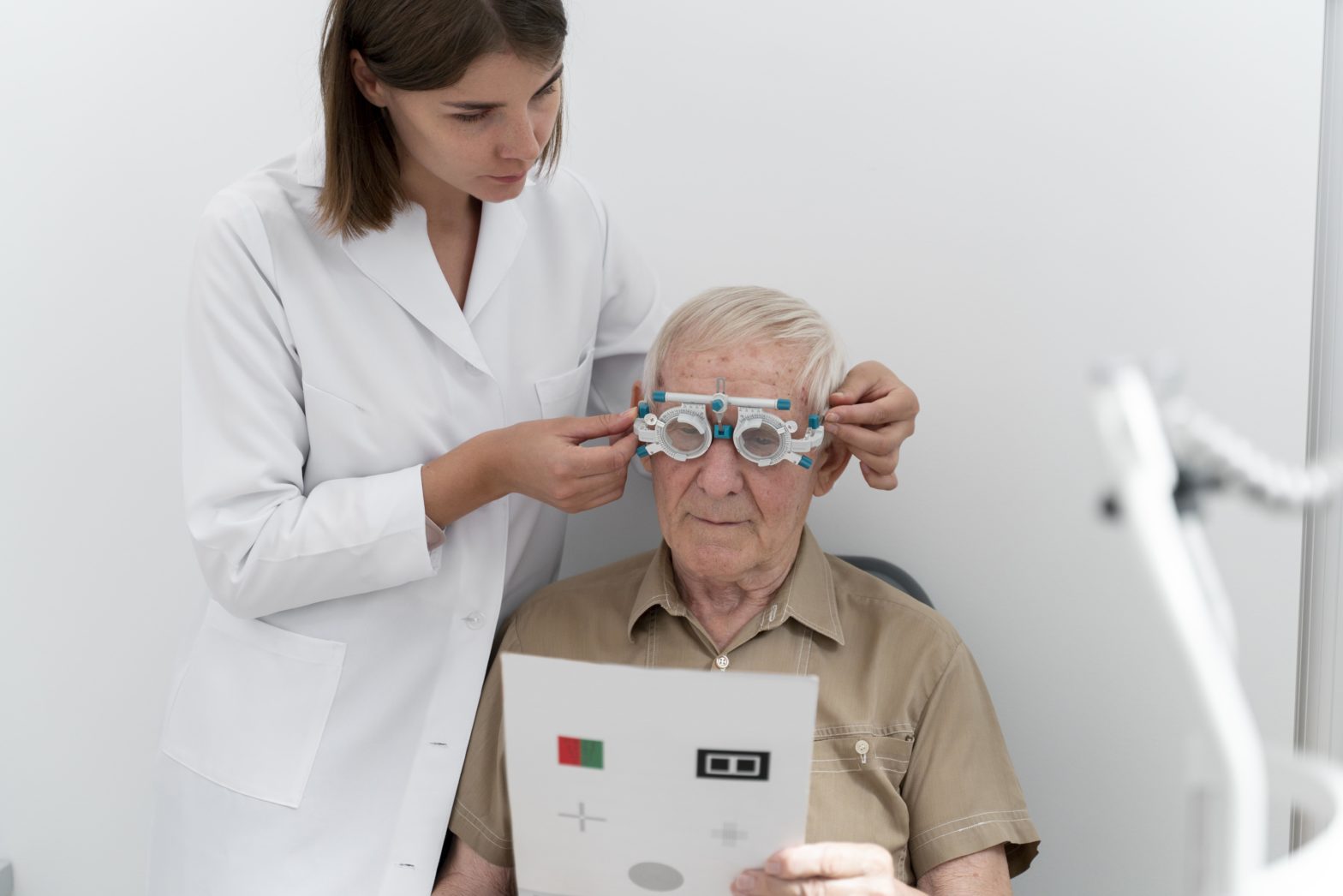The eye’s globe’s function is to take in light from the environment and send it to the brain to be processed into a visual representation. This function requires two crucial components: the image must be precisely focused on the retina which forms the inner layer of the eye, and this information must be transformed into electrochemical impulses and conveyed to the brain.
Refraction mainly happens on the surface of the cornea and lens. Its accuracy depends upon the following:
- The curvature and the shape of the cornea and lens, can become too long or short.
- The axial length of the eye
This blog will guide you through the refractive errors of eye. Keep scrolling to get an in-depth understanding of refraction.
What are Refractive Errors?
Refractive error or ametropia is a type of vision problem. Refractive error arises when the eye’s shape does not bend the light correctly. This leads to blurry vision problems. Undetected refractive error during childhood might be the reason behind behavioural problems that can adversely affect children’s social interaction and ability to perform the best in school.
For the refractive error problem, the doctor may advise you to use eyeglasses or contact lenses to have clear vision.
Symptoms of Refractive Error
Blurry vision is the most common symptom of refractive error. But there is a list of several other signs that you can look for to detect this issue:
- Double vision
- Hazy vision
- Halo around bright lights
- Squinting
- Headaches
- Eyesight
- Trouble focusing while reading or using a smart device
Types of Refractive Errors
Refractive error or ametropia is a type of vision problem. Refractive error arises when the eye’s shape does not bend the light correctly. This leads to blurry vision problems. Undetected refractive error during childhood might be the reason behind behavioural problems that can adversely affect children’s social interaction and ability to perform the best in school.For the refractive error problem, the doctor may advise you to use eyeglasses or contact lenses to have clear vision.
There are four common types of refractive errors that are listed below:
-
Nearsightedness or Myopia
It is a vision problem where the close objects are clear, but the distant objects are blurry. Nearsightedness is usually inherited and is discovered often in childhood. It progresses as you age. High myopia is associated with a higher risk of glaucoma, cataract development, and retinal detachment. Myopia is a problem brought on by physiological variations in eye length or by an overly bent cornea.
-
Farsightedness or Hyperopia
A person suffering from this vision problem feels close objects are blurry rather than distant objects. It is also an inherited problem. In extreme hyperopia, the visions are blurred at all distances. Glaucoma, squint, and amblyopia risk factors are all elevated as a result. Hypermetropia is corrected by the eye’s optical power when it becomes insufficient for its refractive length and light from an object is focused behind the retina, resulting in a blurry image.
-
Astigmatism
Astigmatism is a refractive error that occurs when the cornea has an asymmetric curvature. This irregular surface of the corneas results in much distorted and wavy vision. In addition, it causes blurry vision at all distances. The symptoms of astigmatism include a blurry image, eye strain, headache, squinting, eye irritation, and difficulty seeing at night.
-
Presbyopia
The eye’s lens gets stiffer and does not flex as easily after reaching about 40. As a result, the eye loses its capacity to concentrate, making it more challenging to read up close. Due to a decrease in the lens’ flexibility, the accommodating response gradually disappears. It is a lifelong process, and clinical significance only arises when the patient’s remaining accommodative amplitude is insufficient for near-vision tasks like reading.
Causes of Refractive Errors
Myopia and hypermetropia is a hereditary vision error that creates blurry image. The refractive error causes are listed below:
- The eyeball length grows too long or too short
- If any problem arises with the shape of the cornea
- Ageing of the lens that is responsible for clearing image formation
How can you assess this error? Refraction is the solution for you. It is an abbreviation of refractive correction. It is a process through which a patient can obtain the best possible visual acuity. There are three objectives of refraction, which are listed below:
- Measure the patient’s refractive error.
- Determine the optical correction required for focusing on distant and close objects.
- Provide appropriate corrective spectacles/lenses.
Now that you know what is refraction, let’s explore the ways you can treat refractive errors of the eye.
Treatment For Refractive Errors
To correct the issue of refractive error, your eye doctor can suggest glasses, contact lenses, or eye surgery.
Glasses
It is the simplest and safest method of correcting refractive problems. Your eye doctor will prescribe the appropriate eyeglass lenses for the clearest vision.
Contact Lens
Your eyes’ surface is covered by contact lenses that correct refractive errors. Your ophthalmologist will prescribe the proper lenses and demonstrate how to care for and wear them securely.
Refractive Surgery
Your cornea’s shape can be altered during procedures, such as laser refractive eye surgery, to correct refractive problems. Your eye doctor can advise you on whether surgery is necessary for you.

Time to Get Refractive Error Corrected at Dr Agarwal’s Eye Hospital
At Dr Agarwal’s Eye Hospital, we are a group of ophthalmologists with years of experience. Our clinics are dispersed nationwide and outside India, so you can consult from anywhere. The equipment and infrastructure are especially utilised from the patient’s standpoint to give our patients the safest experience possible. Each tool we employ is cutting-edge to ensure a seamless process, and our technology is up-to-date and of the highest calibre.
Visit our website immediately, make an appointment, and avail yourself of the services at reasonable prices!
Source- https://eyn.wikipedia.org/wiki/Ophthalmolog











